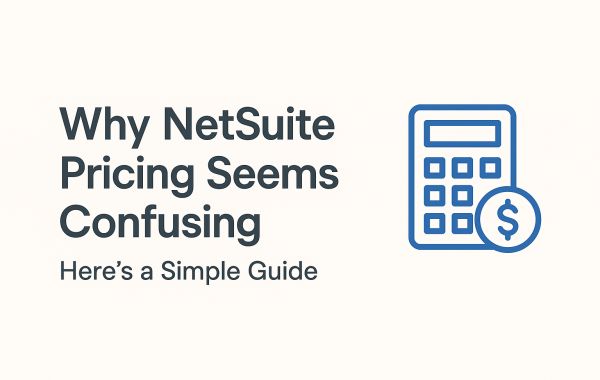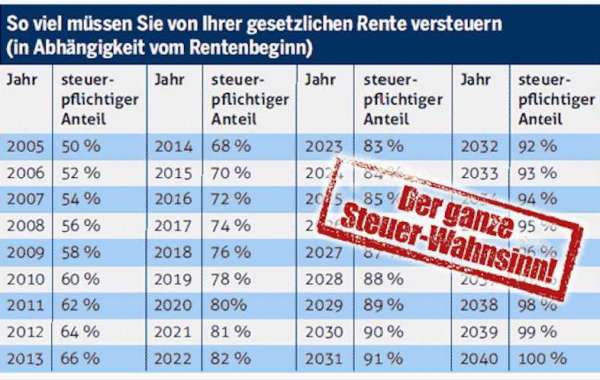Why NetSuite Pricing Feels Complicated | What to Know First
NetSuite isn’t just another ERP. It’s a full-scale, modular, cloud-native platform built for businesses of all sizes—and that’s exactly why pricing gets tricky fast.
If you’ve found yourself wondering “Why can’t I just see the price upfront?”, you’re not alone. NetSuite pricing is often perceived as elusive or complex—but not because the company is trying to hide something. Instead, the variability stems from how NetSuite works—and how it scales to match business needs.
Let’s break it down.
NetSuite Isn’t One Product — It’s an Ecosystem
The first reason NetSuite pricing seems opaque is simple: you’re not buying just one thing.
NetSuite offers a suite (no pun intended) of modules, from Financials and Inventory to HR, CRM, Manufacturing, and beyond. The base platform offers core functionality, but almost every implementation requires add-ons—tailored to industry, company size, operational complexity, and compliance requirements.
A manufacturing firm will need very different modules than a service-based agency.
So, unlike flat-fee SaaS products, NetSuite pricing depends on your configuration.
User-Based Licensing Further Complicates It
NetSuite uses a named user model—you pay for each individual who needs system access. But even that has tiers: full-access users, self-service users, and advanced roles.
Here’s the catch: the cost isn’t just about the number of users. It’s also about what those users can do. Finance managers need broader functionality than warehouse staff or sales agents. That’s why role-based access impacts pricing just as much as user volume.
You’re Also Paying for Scalability (Whether You Use It Now or Later)
NetSuite is built for scalability—and that means your pricing might include infrastructure that supports growth beyond your current state.
Yes, that’s a good thing. But it also means your subscription might be priced for mid- or long-term needs, not just current usage. In other words, NetSuite doesn’t price like a plug-and-play app—it prices like a long-term platform investment.
Implementation Customization Are Major Cost Factors
It’s worth noting: NetSuite’s base cost is only the starting point. Implementation partners, configuration services, data migration, and training can significantly increase the total cost of ownership.
These services are essential—but they’re often what catch businesses off guard. You’re not just paying for software, you’re paying to make it fit.
And because each business is different, customization costs vary wildly, making it hard to estimate the full financial commitment without a professional consultation.
Annual Contracts Minimum Commitments Add Pressure
NetSuite typically requires a 12-month minimum subscription with annual billing cycles. That means companies must commit to a yearly cost—even if their needs change halfway through the contract.
This makes forecasting critical. Choose too few users or modules, and you’ll face upgrade costs. Overestimate, and you’re overpaying. It’s a delicate balance—and one more reason why NetSuite pricing isn’t “one-size-fits-all.”
So, What’s the Best Way to Understand NetSuite Cost?
If you’re searching for just a number—you probably won’t find it without context. Instead, you need to think in ranges, tiers, and total value delivered.
But you don’t have to guess.
Check out these detailed resources:
- NetSuite Pricing Guide — A no-fluff breakdown of costs by module, user type, and more
- NetSuite Cost Per Year — Learn what businesses typically spend based on size and scale
Pricing Complexity Isn’t a Red Flag—It’s a Reflection of Flexibility
NetSuite pricing feels confusing not because it’s hiding something—but because it reflects the depth and adaptability of the platform itself.
Rather than seeking a universal cost, smart buyers should approach NetSuite with a needs-first mindset. Map your priorities, define your users, and outline your goals—then match the platform’s architecture accordingly.
When done right, NetSuite can deliver ROI that far outweighs its initial costs. But it starts with clarity—and a willingness to move past the sticker-price mentality.








